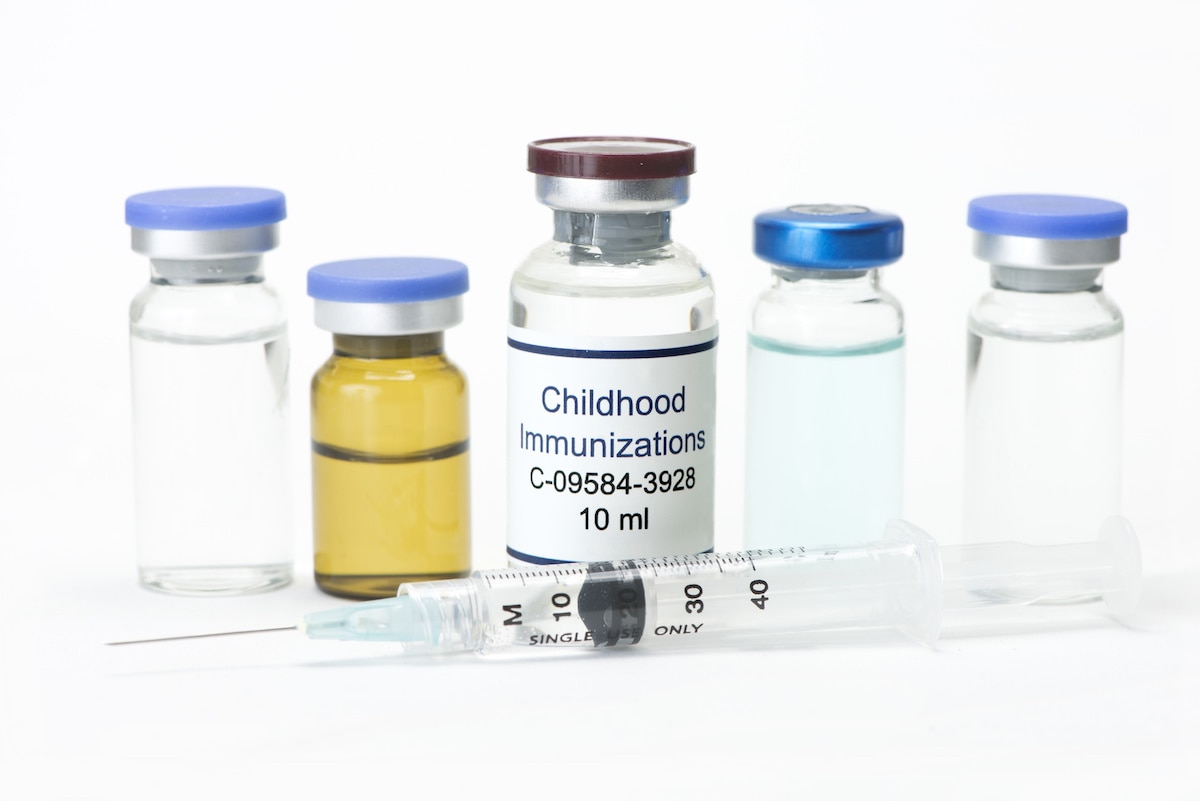
One of my favorite things about the South is our sweetness. It’s woven into our language as well as our food. Although folks who “ain’t from around here” sometimes take offense at being called “sugar, honey, and sweetie pie,” these names are as comforting to us Southerners as a bowl of homemade banana pudding. Nothing insults a southern cook more than the words “I’m too full for dessert.”
Obviously, these people were not raised to pace themselves and save room for the crowning touch of every good meal!
Sadly, sugar has taken a bad rap for many decades now. Mainly because it is found in almost all processed and fast foods. In our faced paced, often stressful lives, eating on the go is the American way. Less and less food is consumed around the family table and prepared at home.
According to a study in 2017 by the CDC, 100 million Americans are living with diabetes or prediabetes. As a result, many of us have turned to sugar alternatives and artificial sweeteners to satisfy our sweet tooth. Let’s take a look at some of the most common and the latest data on each.
Artificial sweeteners
Allulose, the new kid on the block, which is generally considered a safer alternative to aspartame, is naturally found in small amounts in foods such as wheat, maple syrup, brown sugar, and some fruits. It’s about 70% as sweet as sugar but has only about a 10th of the calories because it is excreted by the body mostly intact instead of broken down, which releases calories.
A concern with Allulose, found in a small study conducted by the dairy industry, is that it can cause trouble in the gut, such as diarrhea, bloating, or abdominal pain. It is advisable for children or people with irritable bowel syndrome or other GI problems to avoid Allulose. This sugar substitute is found in many carbonated beverages, baked goods, chewing gum, and hard candy.
Sucralose, found in Splenda, caused leukemia and other blood cancers in mice. In human studies, adults consuming 5 grams a day (about 6 packets) were less glucose tolerant, causing increased blood sugar levels. This can be a problem for people with diabetes. Also, in one small study, sucralose, along with saccharin, change the gut microbiome and raise blood sugar in sensitive people.
Sugar alcohols are neither sugar nor booze but are carbohydrates called polyols. Erythritol, maltitol, mannitol, sorbitol, and xylitol occur naturally in some foods, such as mushrooms, pineapple, apples, and prunes. Sugar alcohols are mostly unabsorbed as they travel through the GI system, so they end up in the large intestines (the colon). There they can cause discomfort by drawing up water leading to diarrhea or causing gas or bloating. The exception is erythritol which is mostly absorbed in the small intestine; it is less likely to cause diarrhea or gas.
If you have a dog, ingestion of Xylitol which can be found in chewing gum, baked goods, candy, and mints, among other things, can cause a rapid drop in blood sugar, liver damage, or even death if ingested and not treated quickly.
Stevia and monk fruit extracts are hundreds of times sweeter than sugar, so it only takes a very small amount. Both are considered safe choices, but, especially with stevia, many people report a bitter aftertaste. Often, these are the reasons they are sometimes blended with other ingredients to mask the aftertaste and make it easier to measure and replace volume and texture in baked goods. Maltodextrin and dextrose or a tiny amount of glycerin in liquid sweeteners are unlikely to cause GI distress. But with added ingredients like inulin, chicory root, or erythritol, some people experience nausea, diarrhea, bloating, gas, and/or abdominal pain. In studies, these symptoms are not experienced in amounts below 27 grams. A teaspoon of any sweetener holds about 4 grams. But when used in baking to replace cups of sugar, the consumed amount can be much higher. (For example, a cup contains 48 teaspoons.)
Moderation
Baking with artificial sweeteners can be complicated, especially when replacing all the sugar in a recipe. Don’t expect it to look and taste like the real thing because sugar does more than taste sweet. It is a key player in the chemical reaction that yields the golden browning of cookies and cakes and attracts water, leading to moist and tender baked goods.
If this is a concern for you, Allulose browns, so a blend like Splenda Magic Baker may be a solution. Also, if your blood sugar can tolerate it, try replacing some of the sugar or using a sweetener-sugar combination such as Truvia Cane Sugar Blend. And try replacing sugar with unsweetened applesauce and recipes that get sweetness and moisture from the fruit, such as banana bread or apple crisp.
The bottom line is, reading all the ingredients on the label is key to avoiding potential side effects. Consideration should be given to your or your family’s specific health concerns, such as irritable bowel or diabetes. Moderation is key (I know, I hate hearing that too), and more than small amounts of artificial sweeteners should probably be avoided by people with diabetes.
As with all your health concerns, consult your care provider for advice on healthy food choices based on your individual needs.
Tracy Backer is a Registered Nurse with 39 years in the medical field specializing in critical care nursing. Her health columns appear regularly on Now Habersham. She may be reached at [email protected]. For more health-related content, click here.








